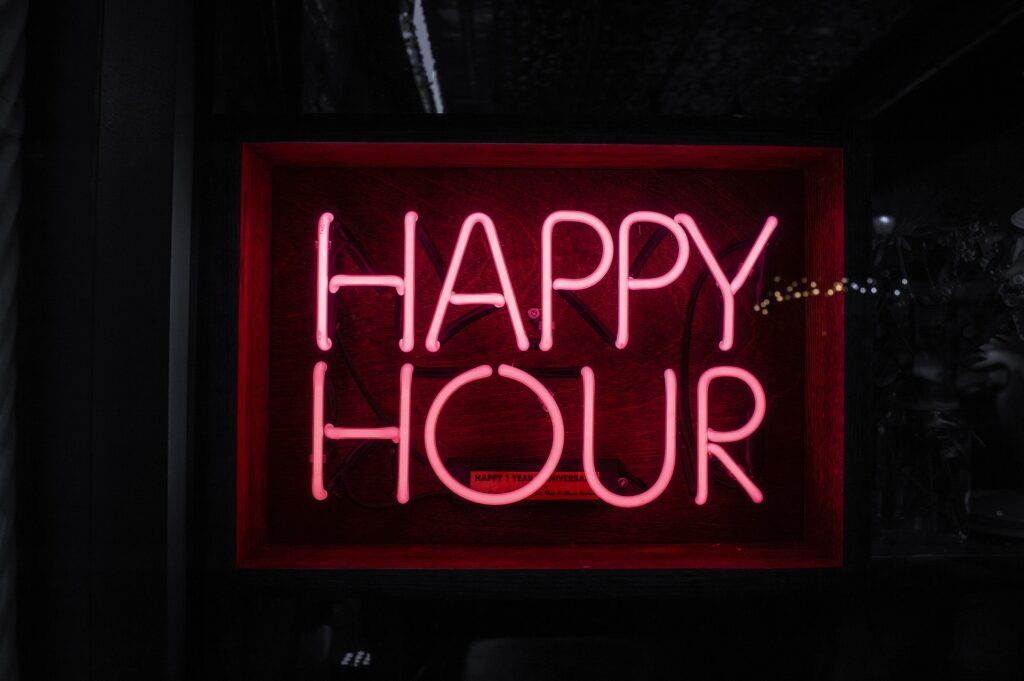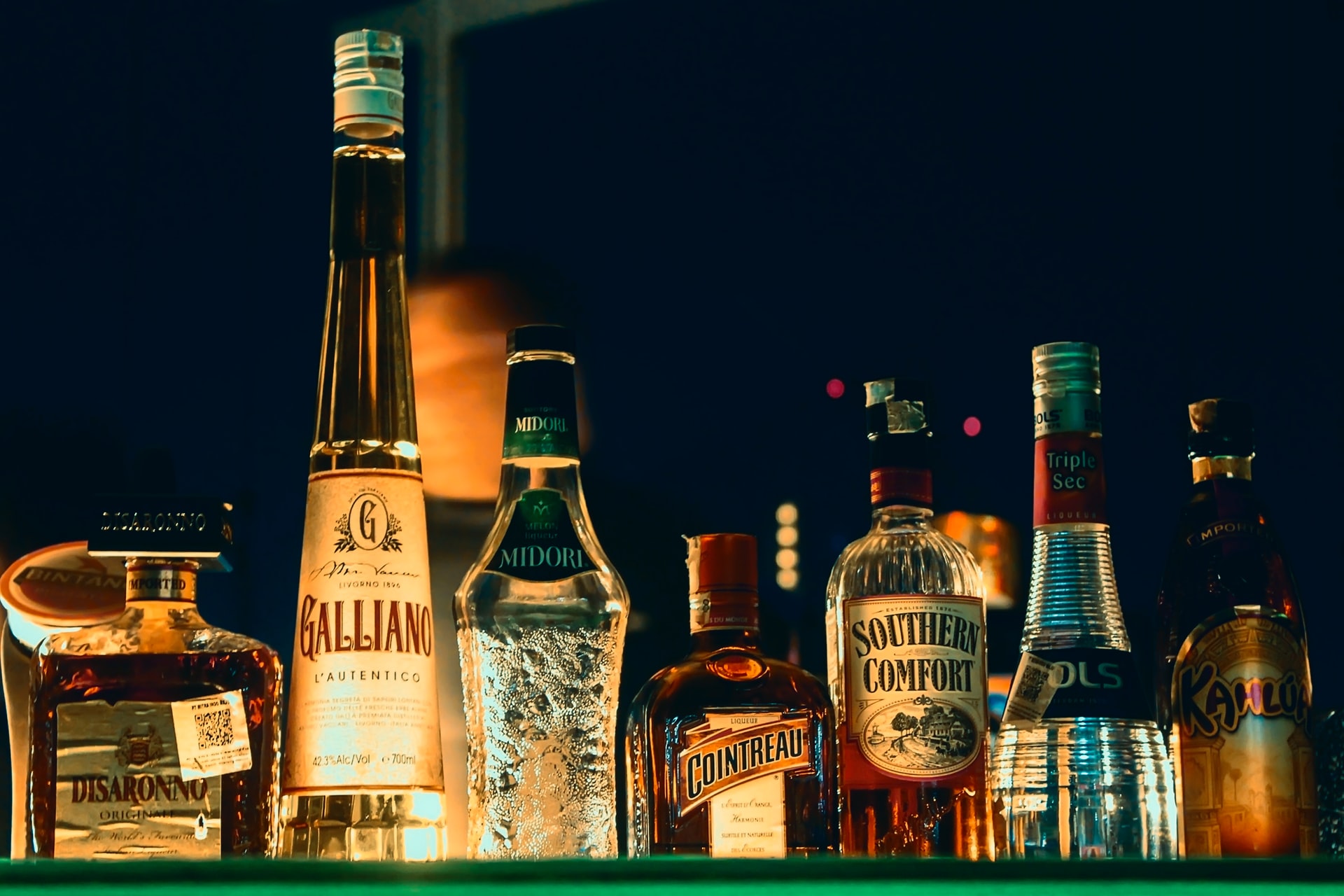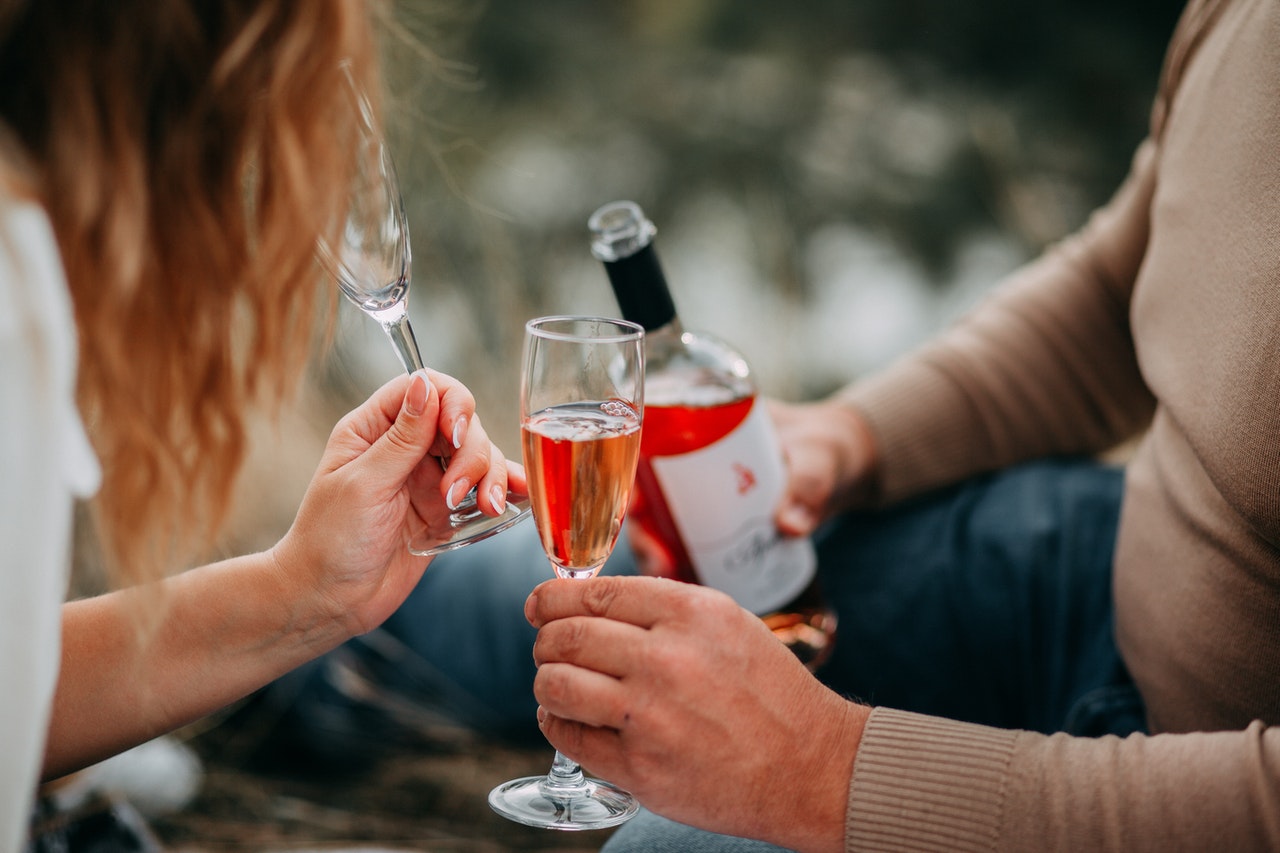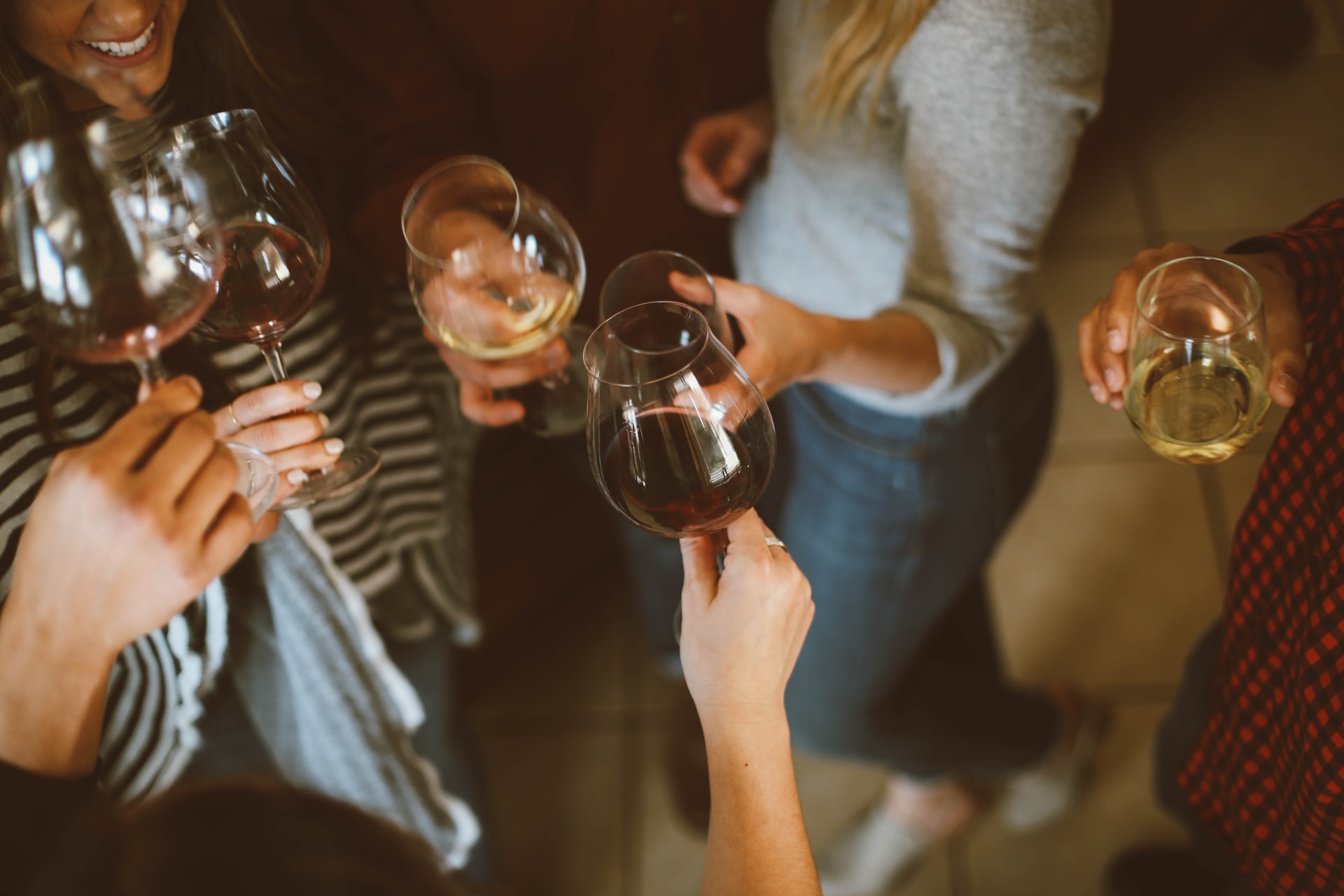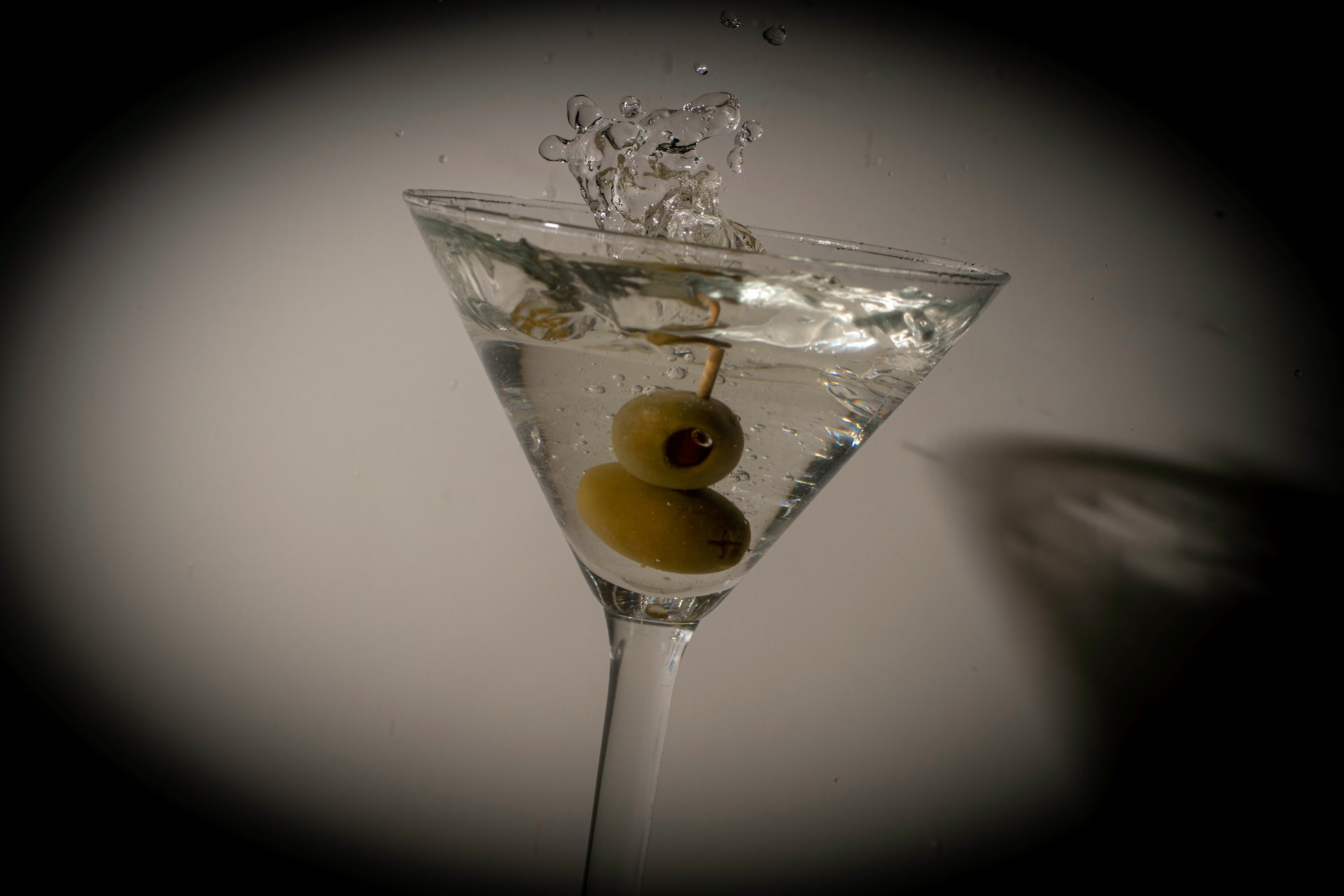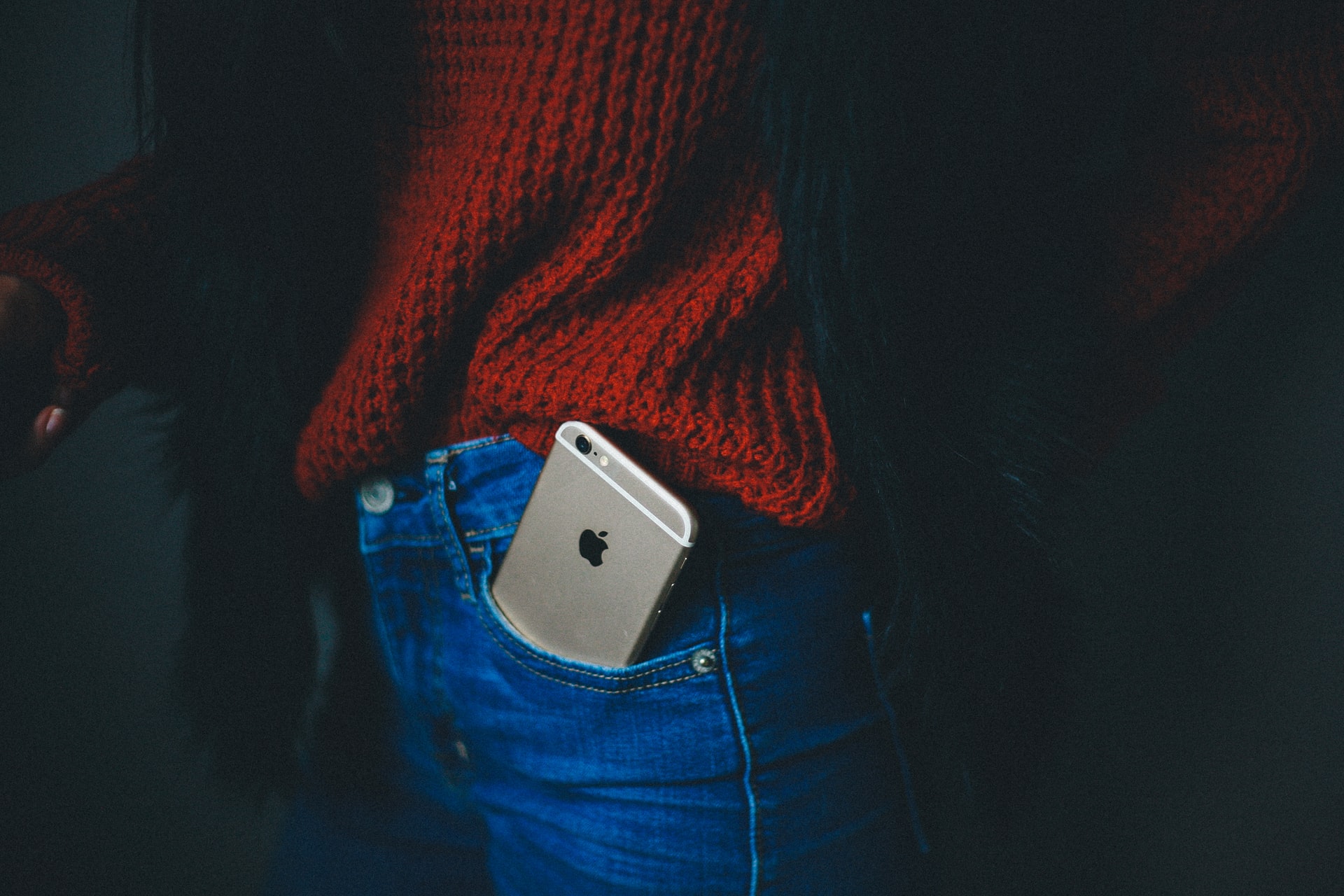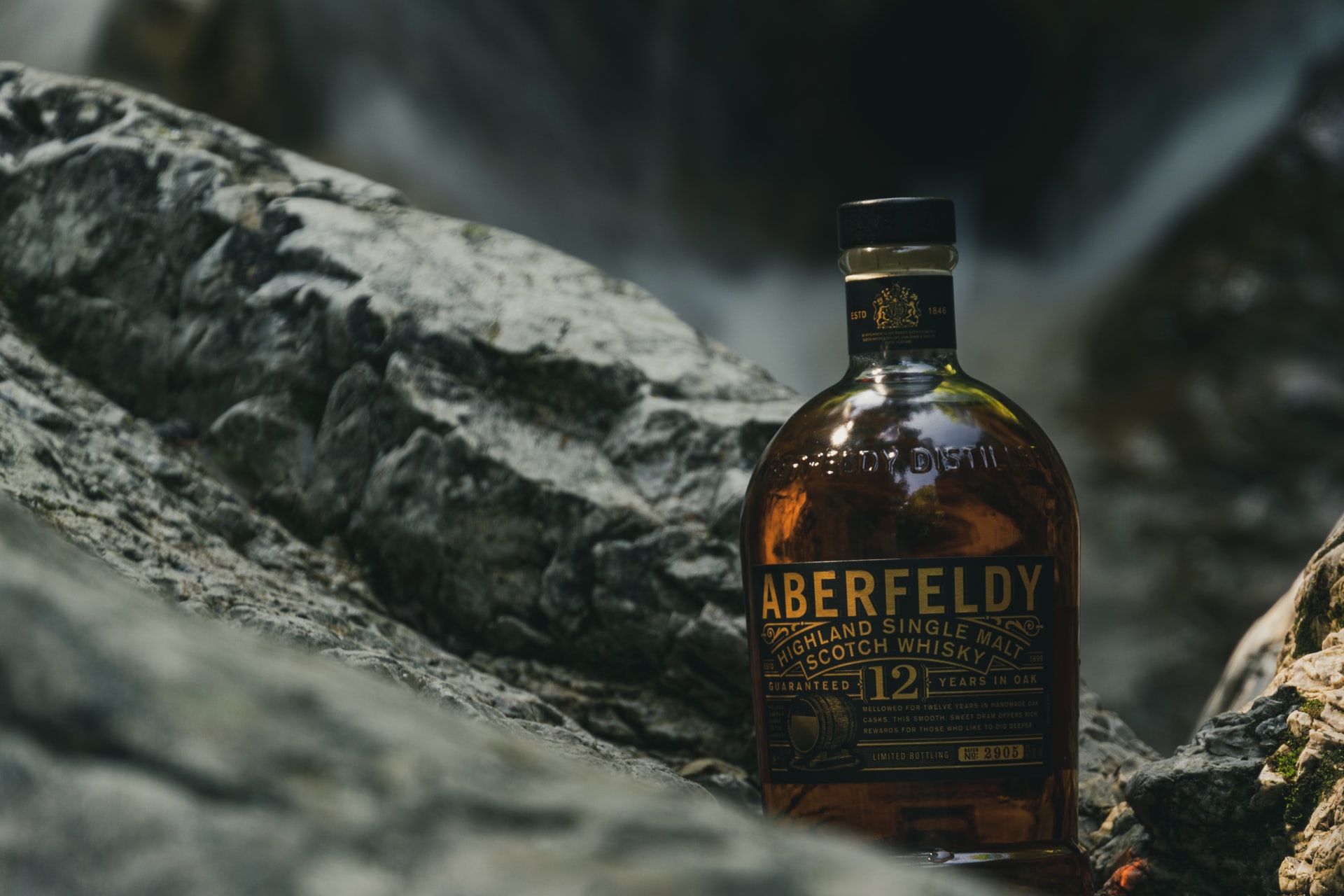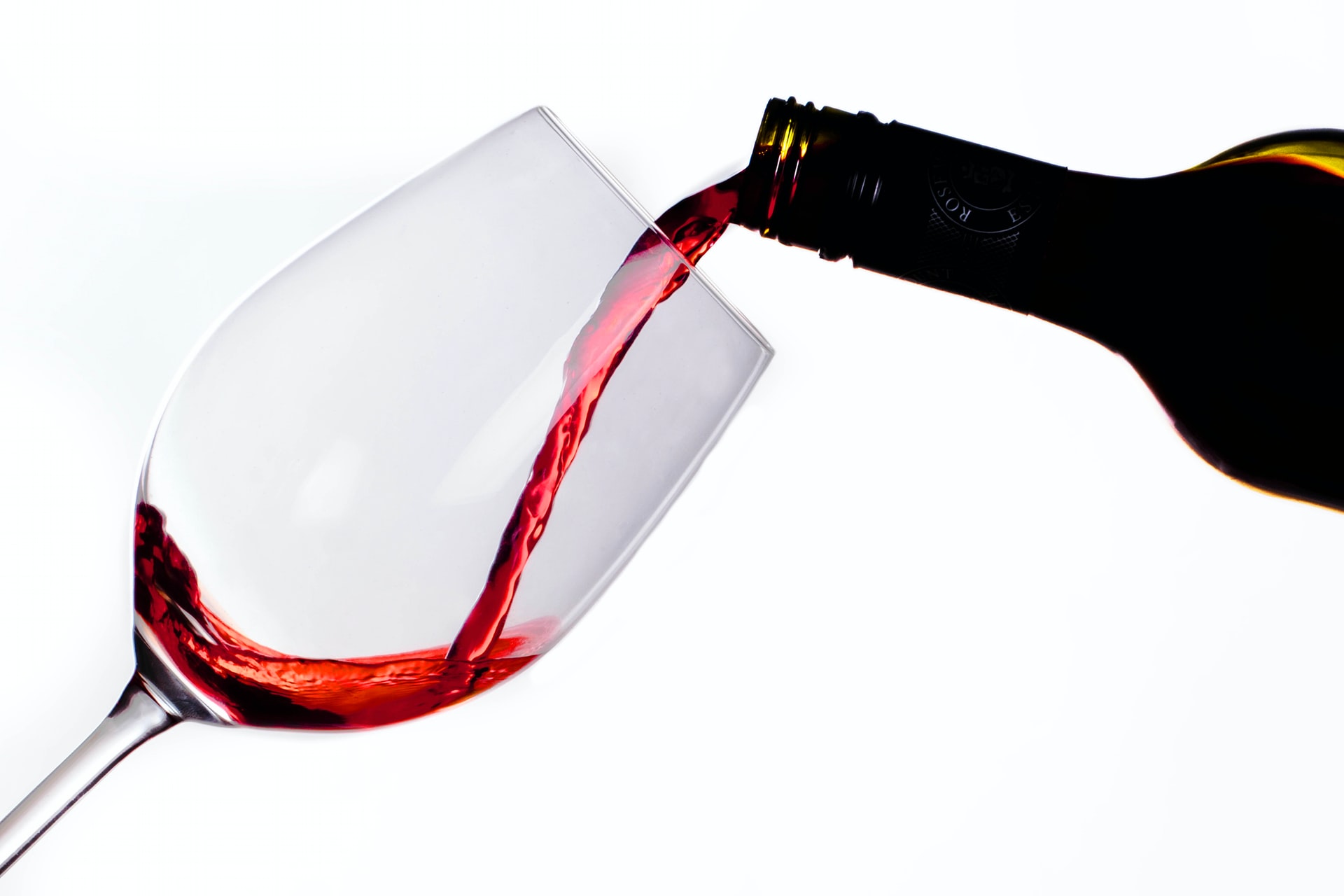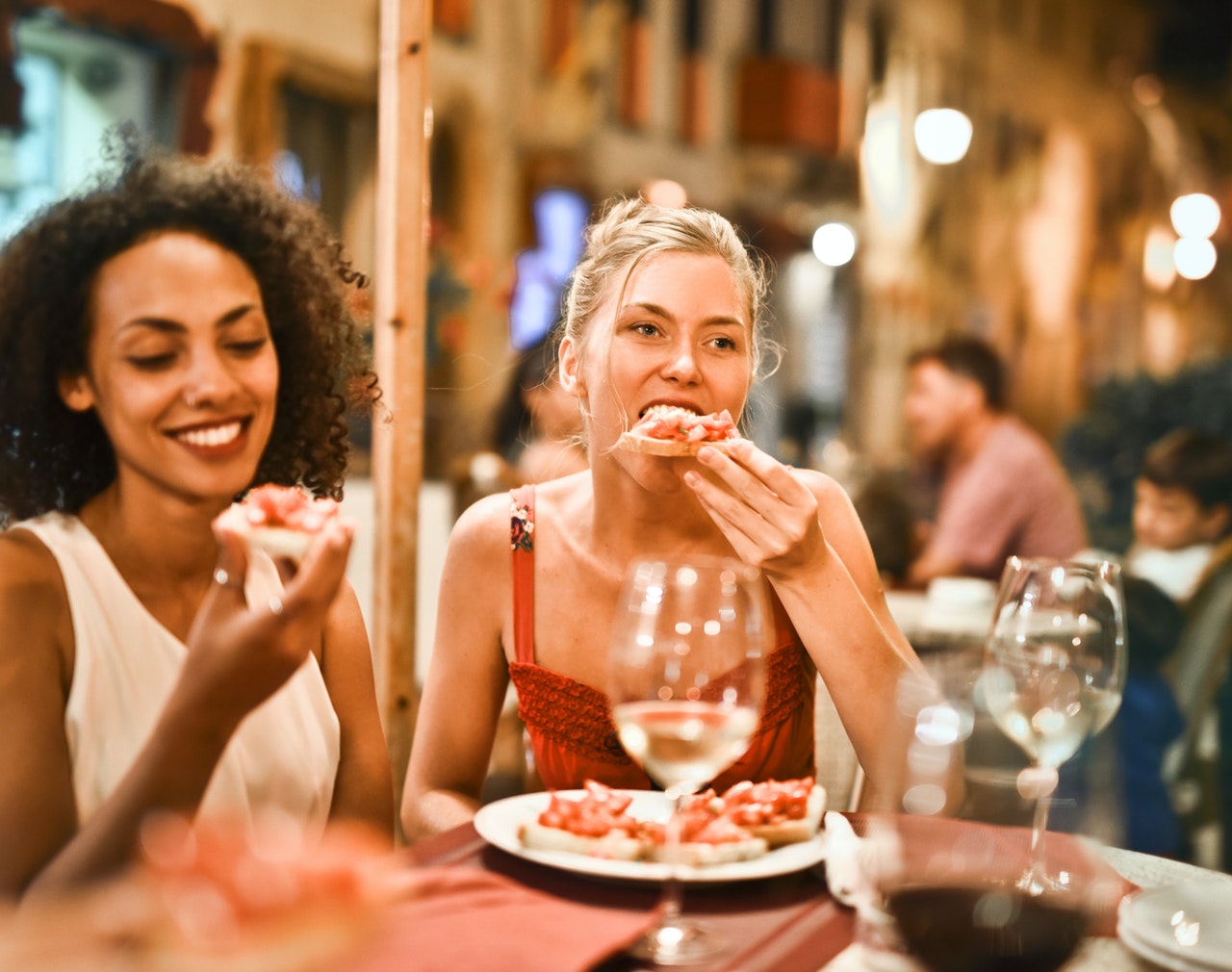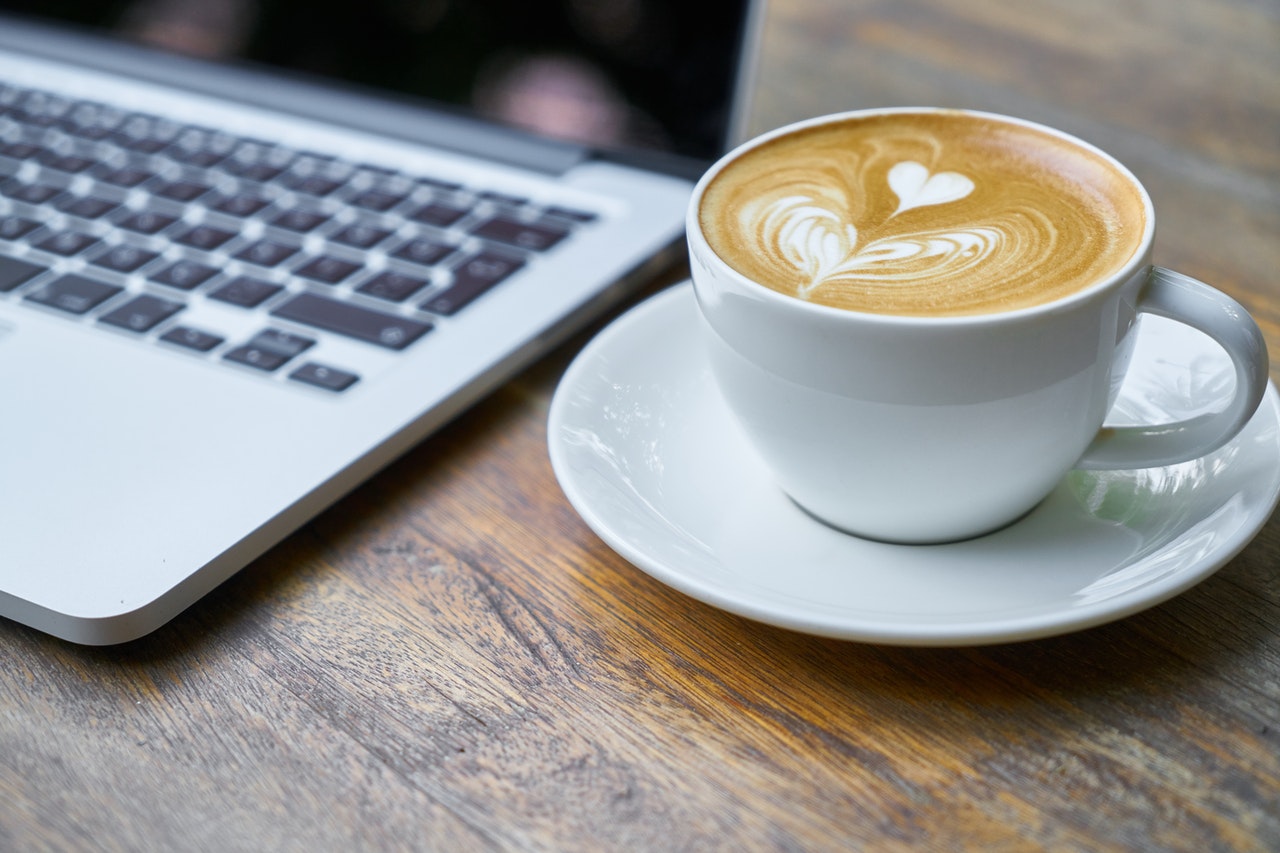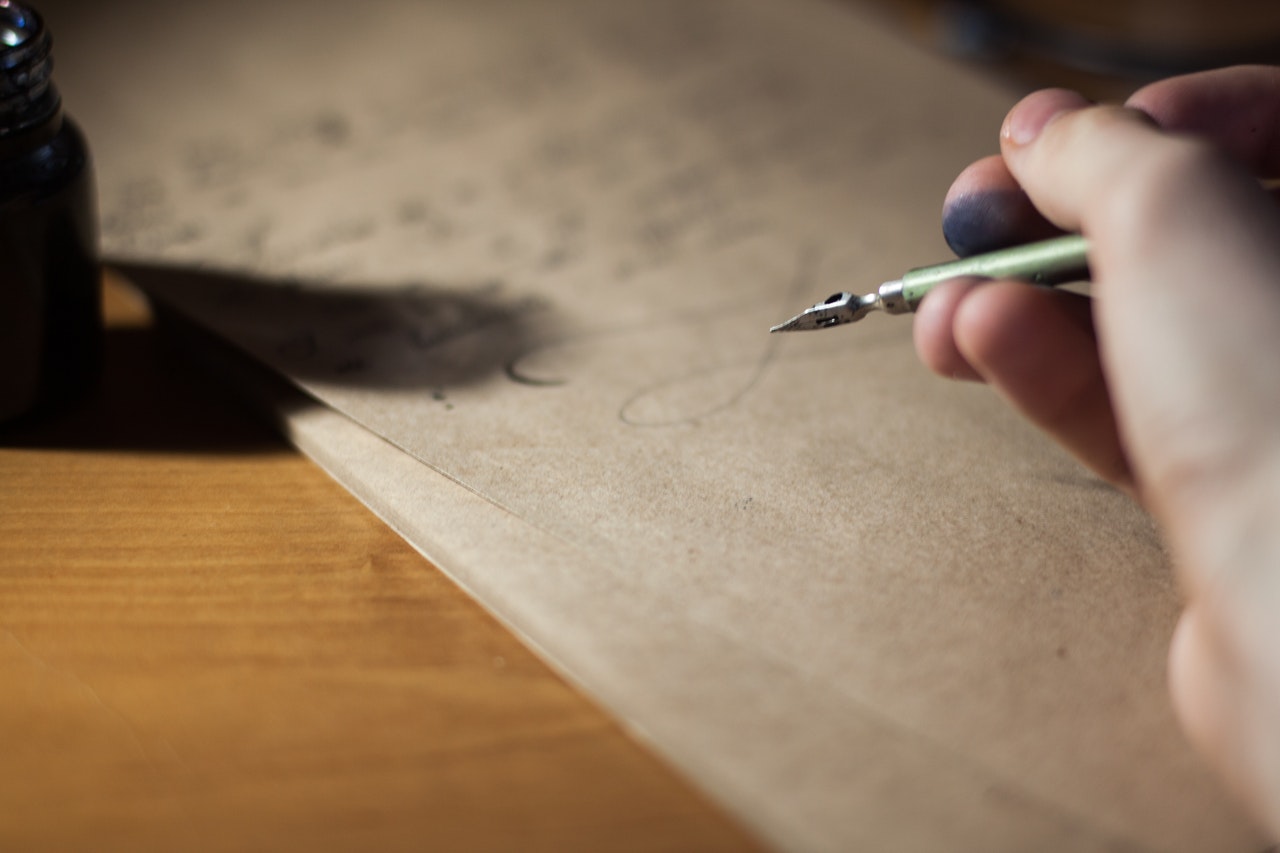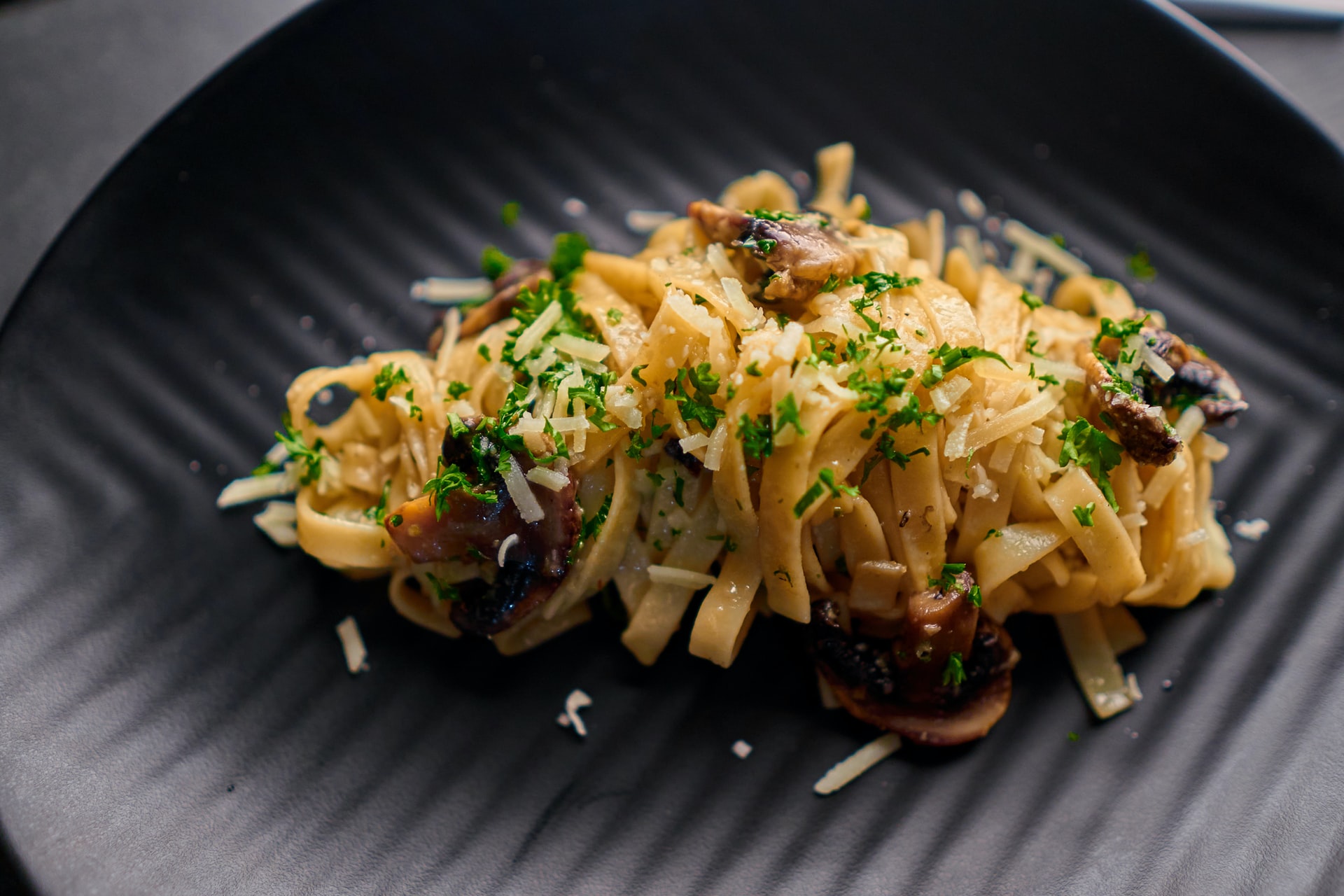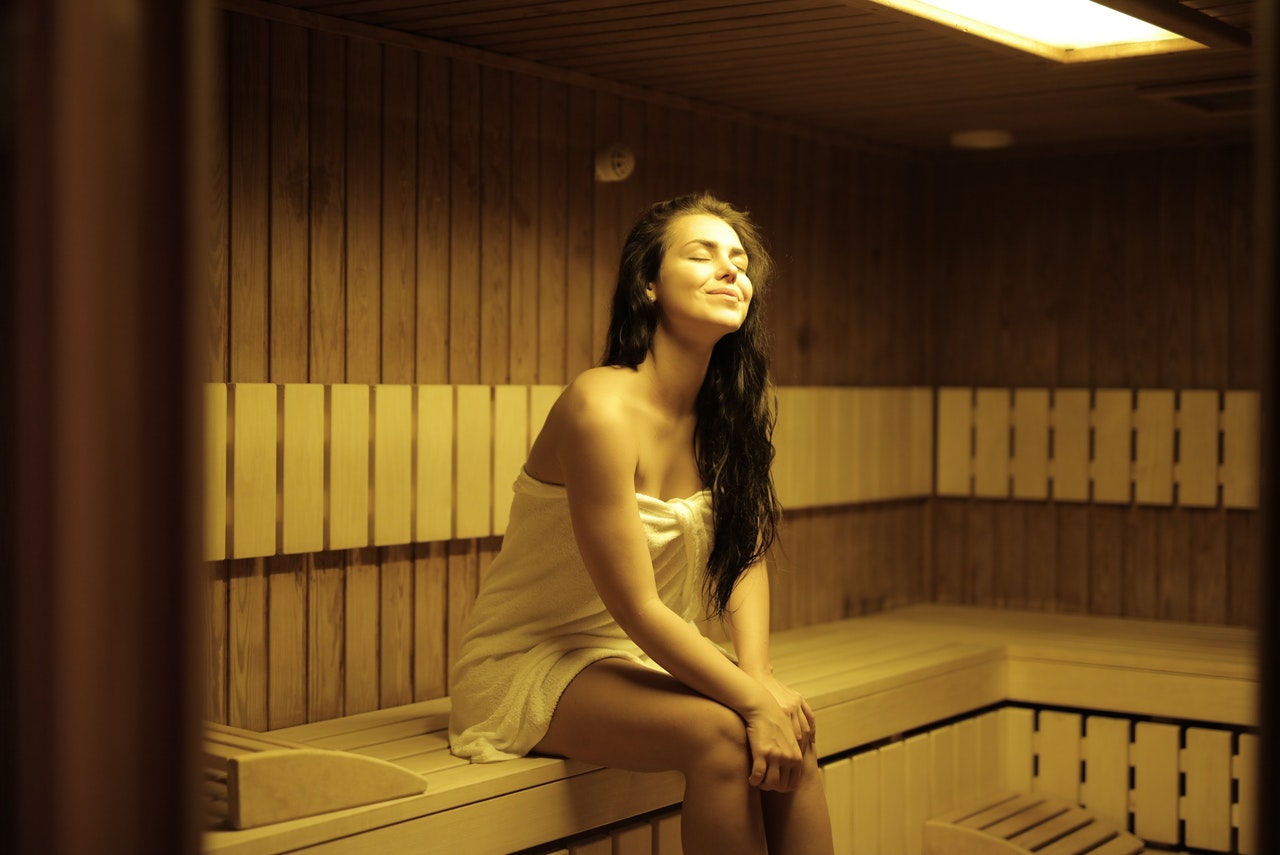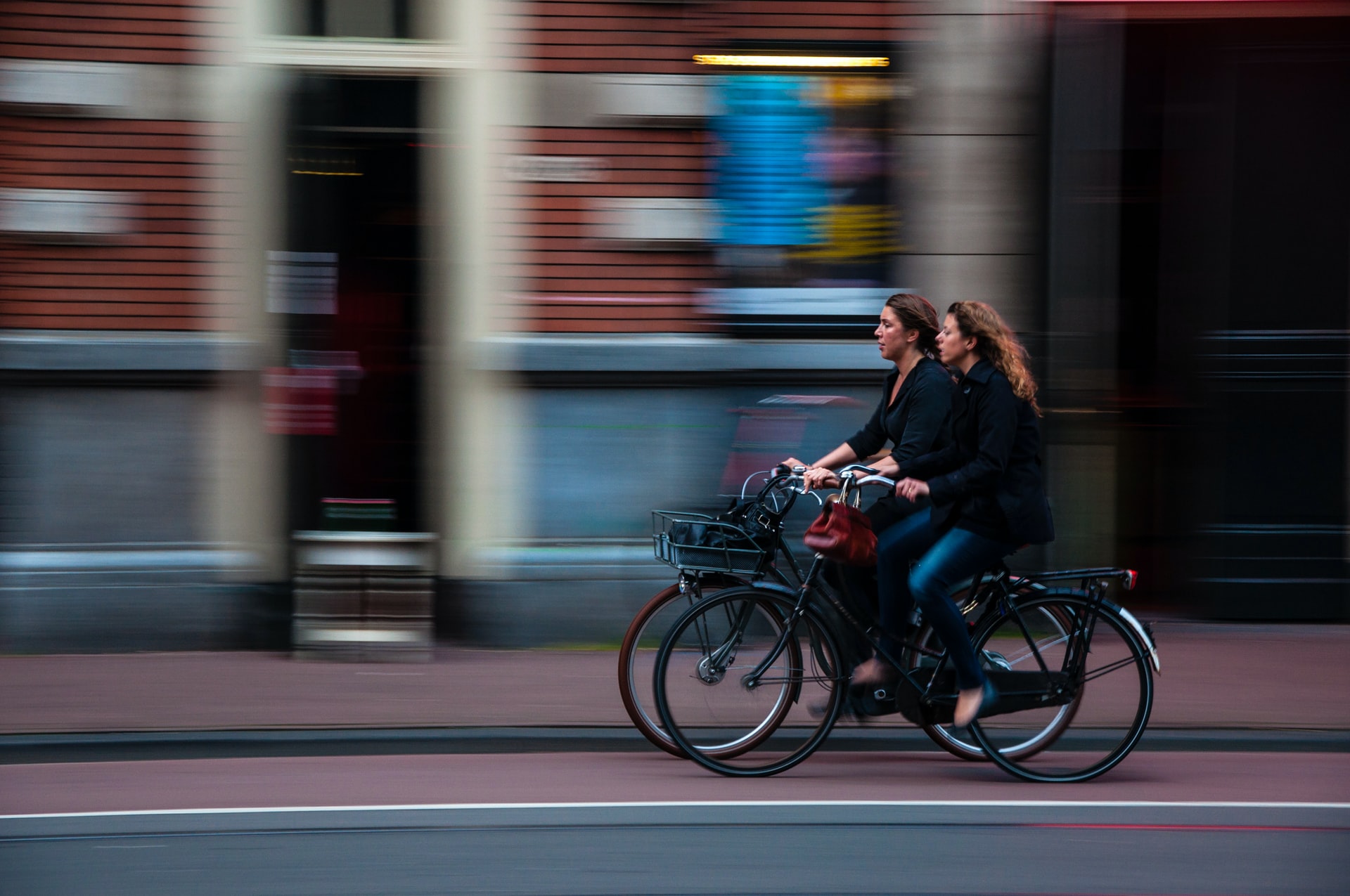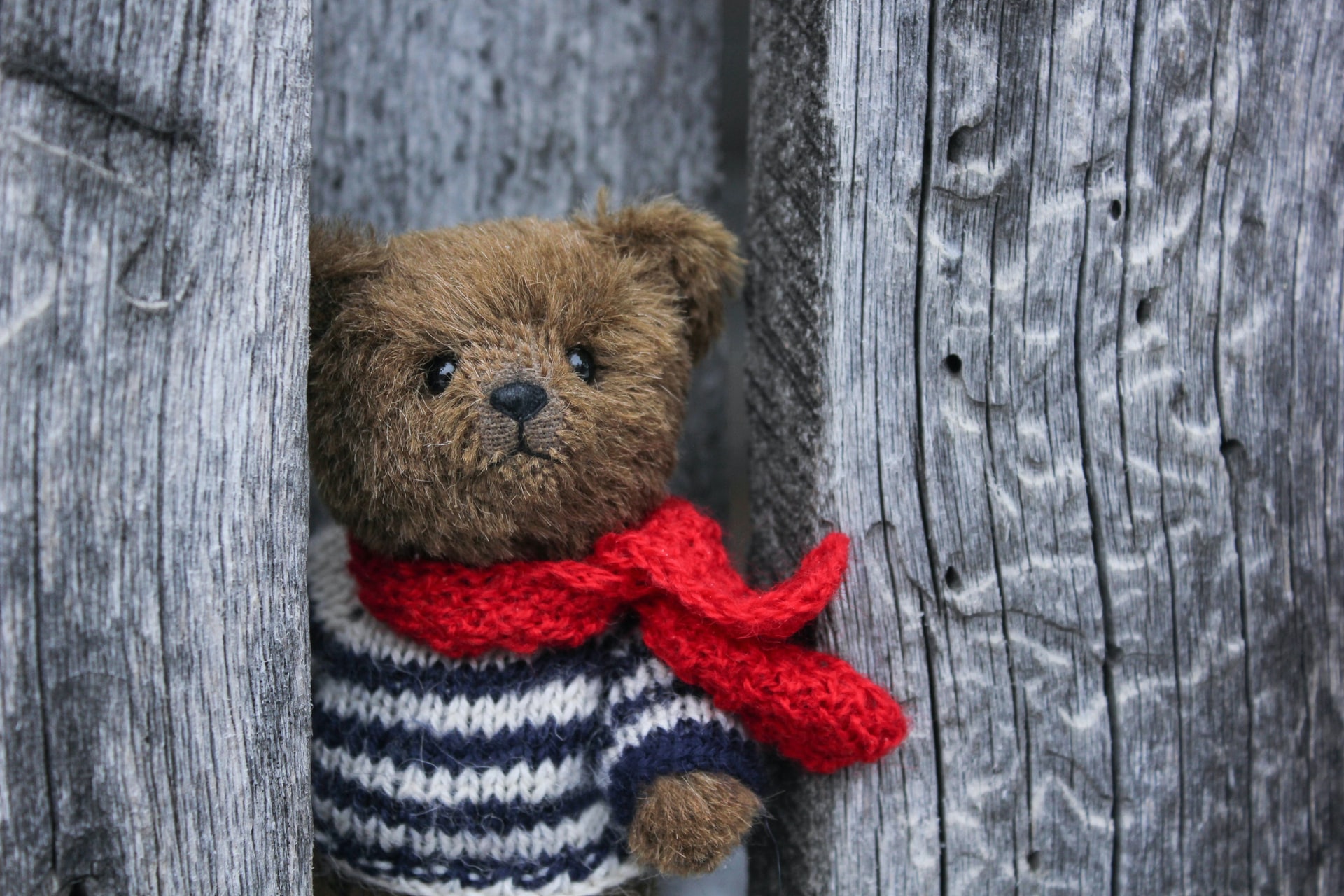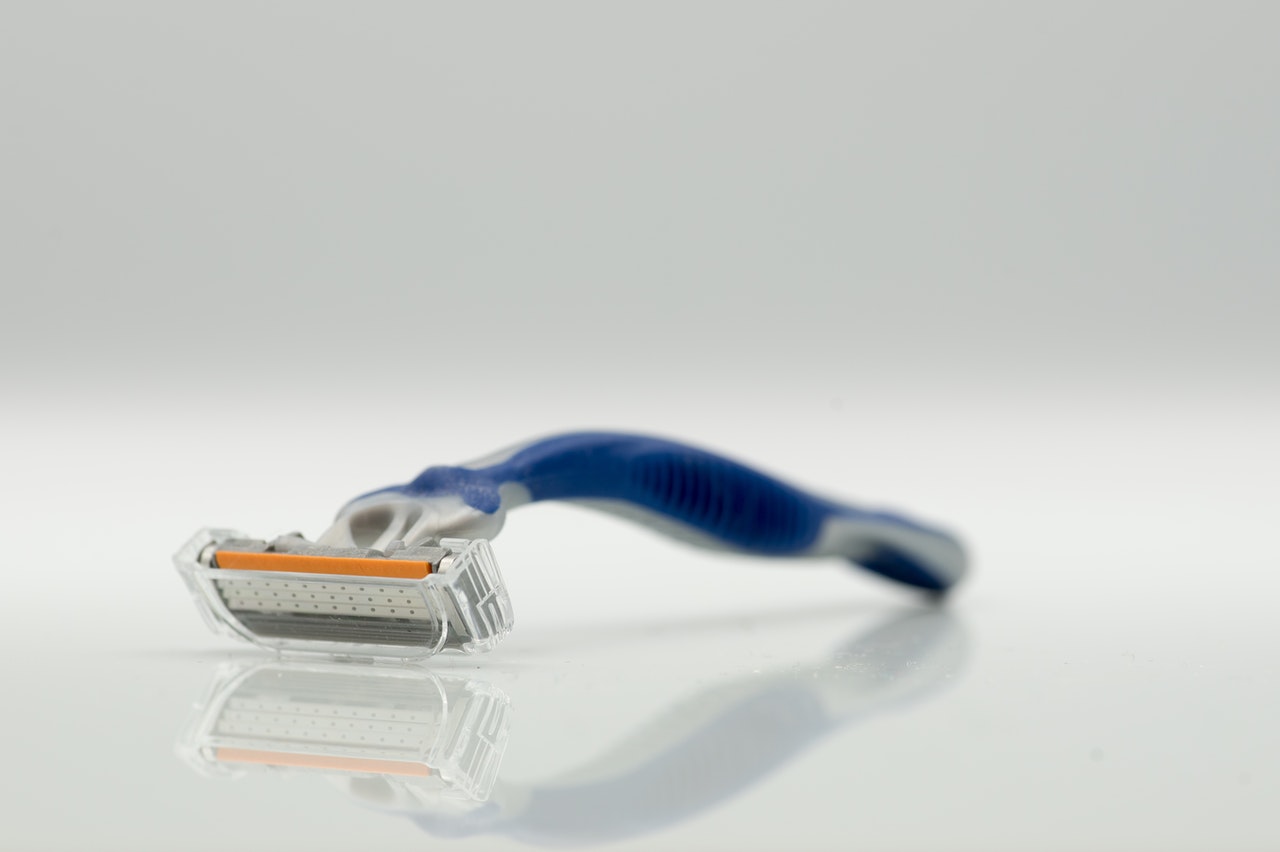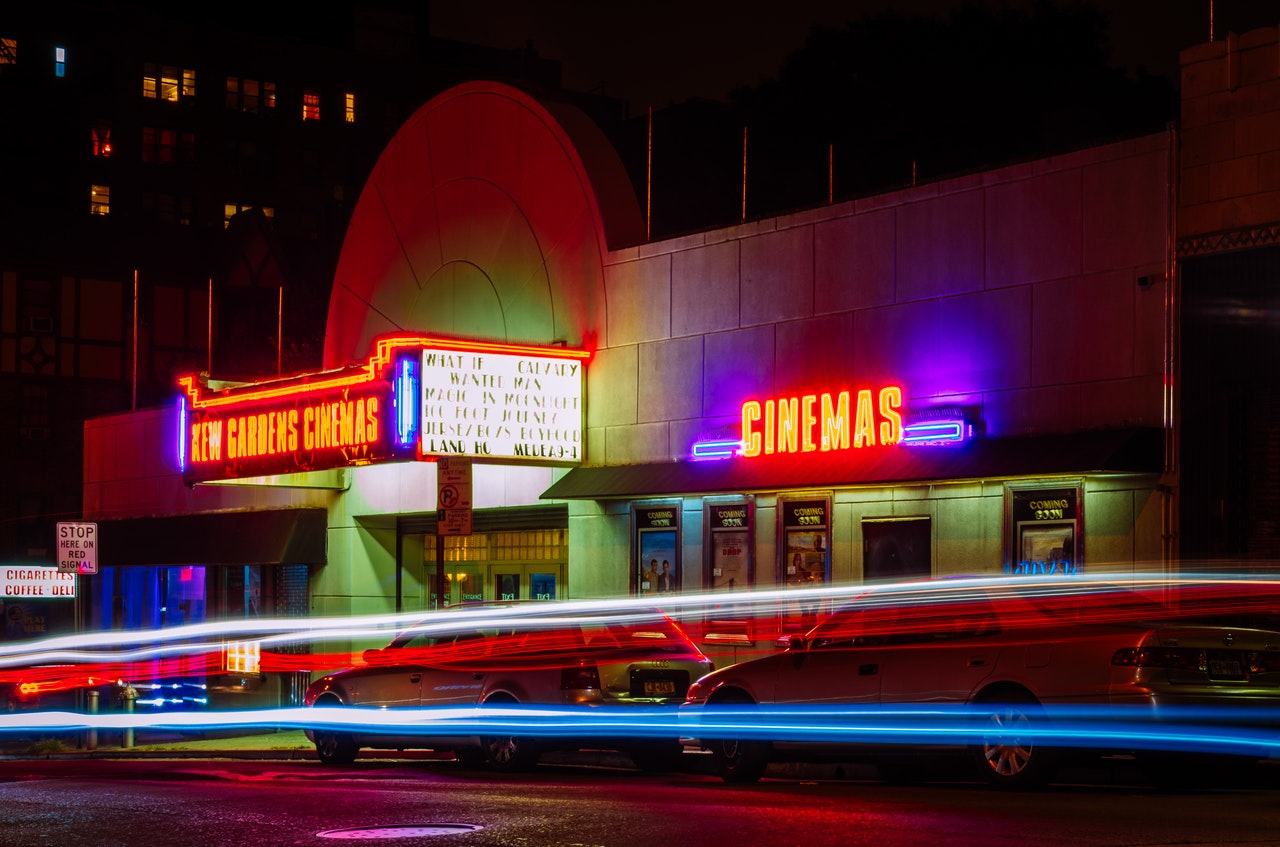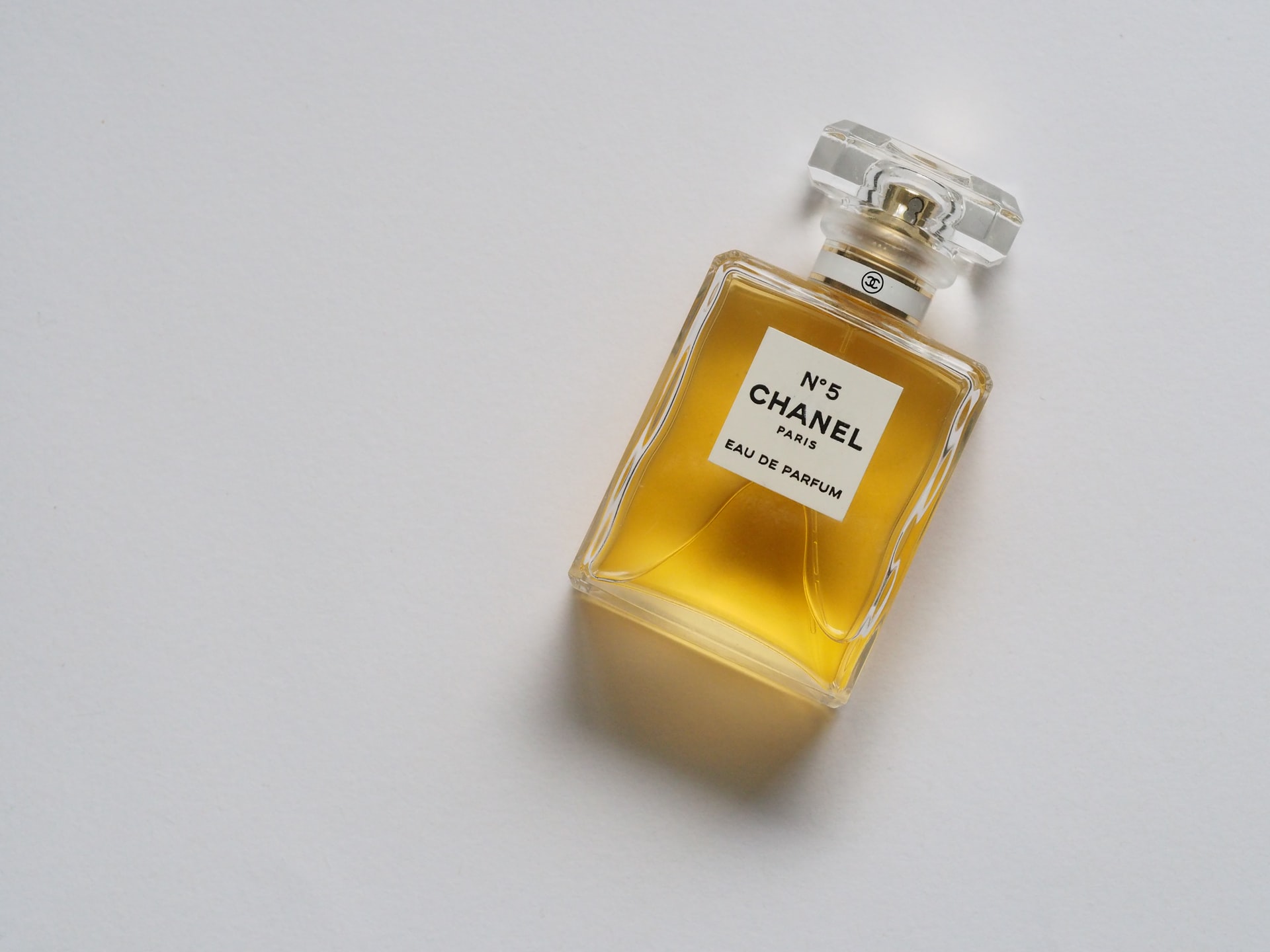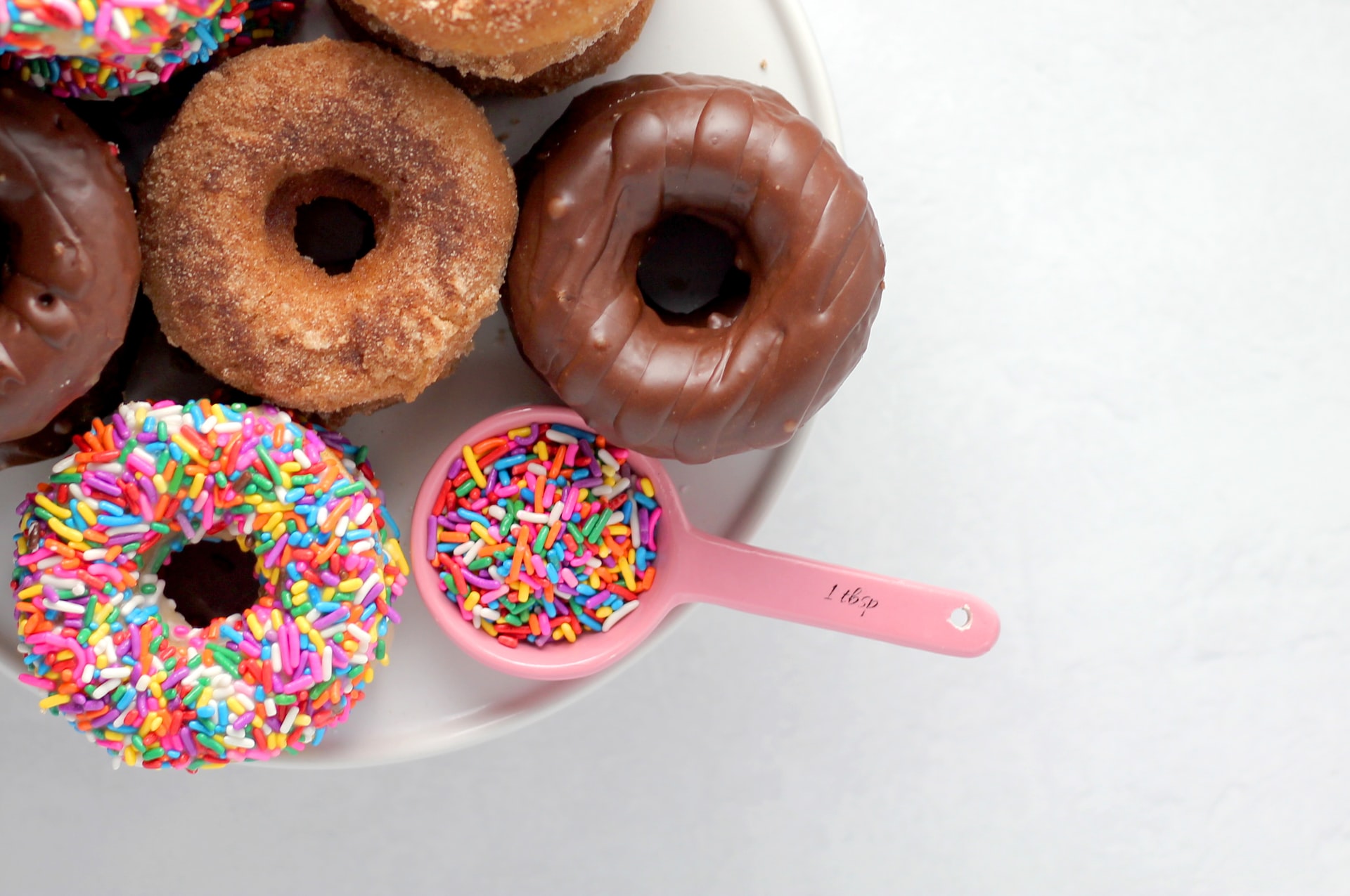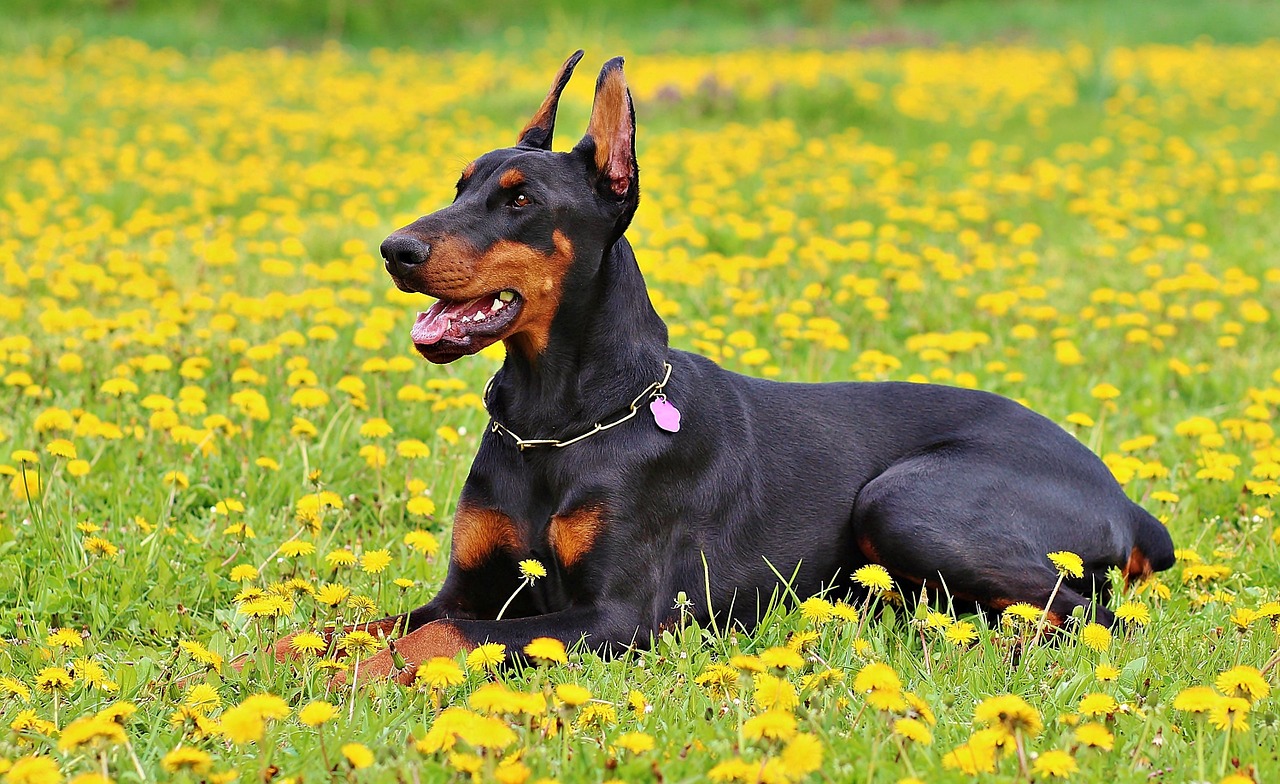Reading Time: < 1 minutes
- During World War I (1914 – 1918), a weekly entertainment program called “Happy Hour” was created on the battleship named USS Arkansas.
- This was done to relieve the seafarers of the boredom of being at sea.
- This entertainment program involved sports (wrestling and boxing matches), music, and dance.
- Gradually, this practice spread to other ships and it became a thing with the US Navy.
- Then in 1920, the US lawmakers banned the manufacturing, transportation, and sale of intoxicating liquors.
- But thanks to the boom in the illegal production and sale of liquor, people continued drinking.
- They would gather at speakeasies (illegal drinking spots) or at friends’ homes to consume ‘illegal’ alcohol, before heading out to restaurants for food.
- The expression “Happy Hour” became the secret code to refer to this period of getting drunk before dinner (apparently, it was picked up from the Naval slang — the war was over and seafarers were home and maybe at some of these gatherings too).
- So, it was more about being ‘slightly drunk’ and not particularly about being ‘happy’.
- In 1933, the prohibition law, which had been a huge failureIt cost the government $300 million to enforce and led to an $11 billion loss in tax revenues. It also led to smuggling and, therefore, gang wars and violence. was withdrawn, but by then “Happy Hour” had caught on.
- While it existed, the expression became widely adopted only after an article about military life appeared in The Saturday Evening Post in 1959.
- By the mid-1960s, restaurants began exploring/experimenting with their version of “happy hour specials” and the expression spread across the world.
Also Read:
How alcohol makes us drunk?
Why alcohol affects women more than it affects men?
How Russia became synonymous with Vodka?
Image courtesy of RoyHarryMan through Pixabay
Reference shelf :

